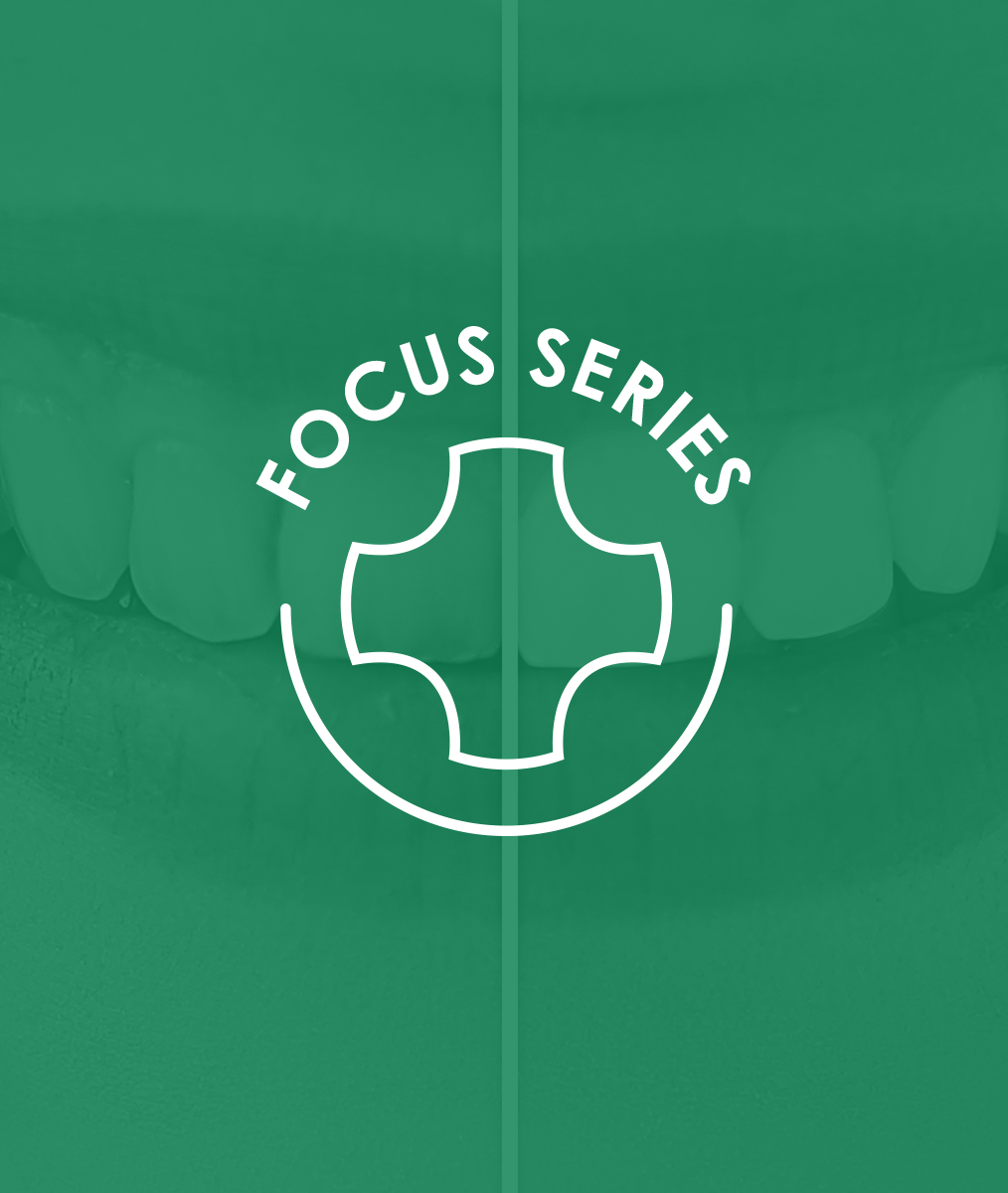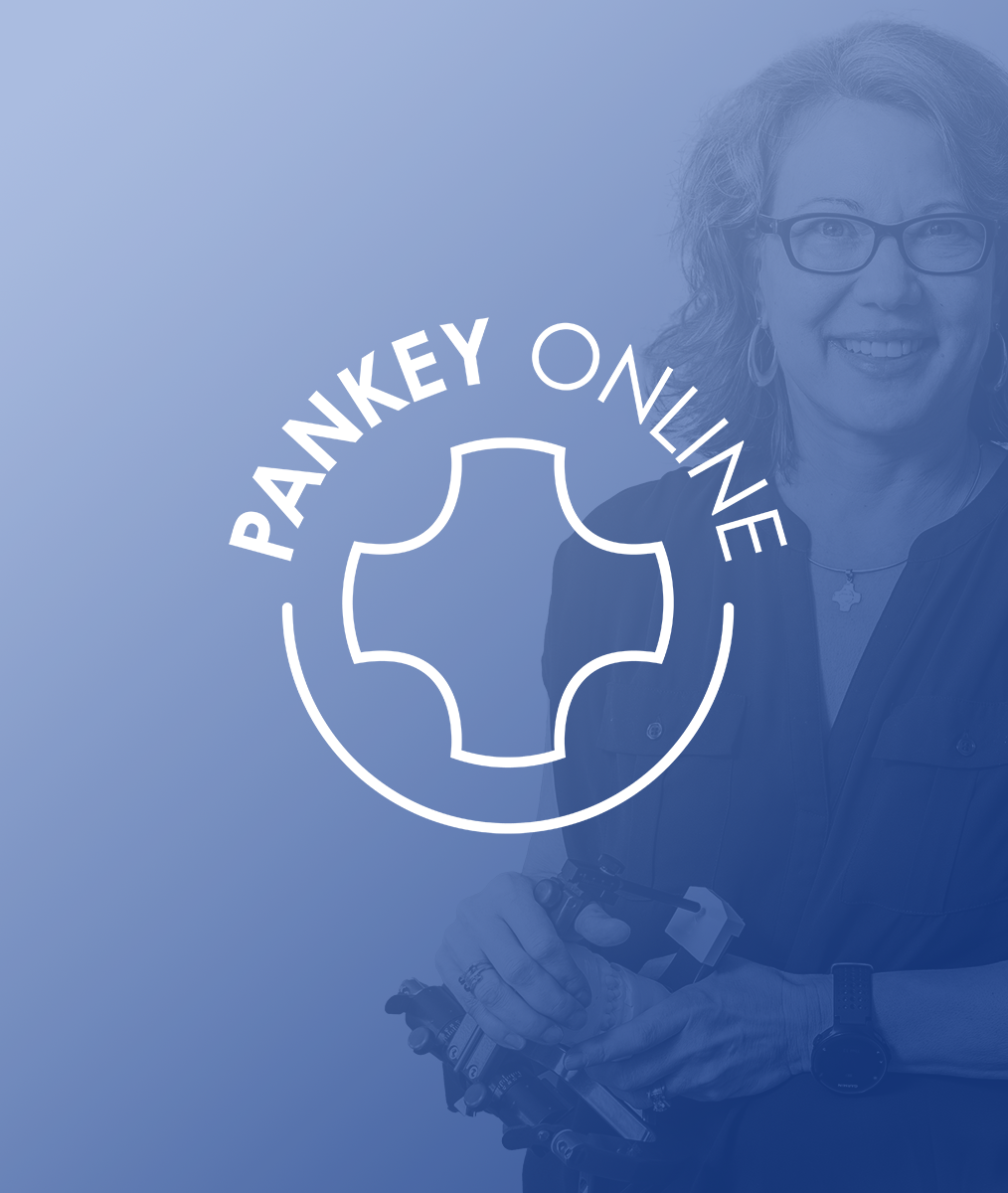Do You Know Your Team’s Threshold?
Do You Know Your Team’s Threshold?
Robyn Reis, Dental Practice Coach
While visiting a dental practice that had amazing hospitality and incredible relationships with its patients, I observed a doctor’s presentation to a patient who was in his forties and who had been saving for a smile makeover for a long time. The doctor did an amazing job with his presentation of what was possible and the phases of treatment. The patient was very excited, even teary-eyed.
The patient wanted to get started and asked about the cost. The doctor said, “You know what? My team at the front are experts in figuring that out.” So, the patient was taken to the front and handed over beautifully. In a few minutes, he was presented with the treatment plan on paper with the approximate dollar amounts. In phases, they would do the full mouth. All seemed to be going well until it wasn’t.
Intrinsically, everyone has a monetary threshold that up to a certain point, you have no problem with the amount. It’s something within your range of expectations and easy to say yes. When you cross that threshold, anxiety may creep in and for sure, you become uncomfortable. This is what I witnessed in a matter of moments.
I observed the front office team member look uncomfortable after glancing at the paperwork, despite being experienced with treatment presentations. The clinical assistant who had been part of the diagnosis and treatment planning process, would also help with scheduling and any questions.
Together, they gave the patient the opportunity to ask questions after reviewing the plan again. The full mouth restoration was going to be in the neighborhood of $25,000. The first phase would be about $18,000. They offered CareCredit financing. The patient said, “It’s only $25,000 and I have $20,000 saved. This is wonderful! I don’t know how I will pay the other $5,000, but I know I have the means. It’s only $25,000.”
The team appeared somewhat shocked because they were obviously uncomfortable with quoting that amount. This treatment plan crossed their personal thresholds. They suggested the patient go home and sleep on it “because this was a big investment.” The patient was so committed to moving forward that, despite their advice, he scheduled his first appointment. He would call them back once he figured out how to pay the remaining balance, knowing insurance would contribute very little.
What I also found interesting was that neither team member asked for a deposit. No money was exchanged to reserve an extended appointment. The patient could back out and the doctor’s time spent on the case work-up would be uncompensated. In my experience, making a signed financial agreement would be the responsible step to take at this stage.
This example illustrates the discomfort many dental teams feel about asking for a deposit if the treatment estimate crosses their personal threshold. Of course, dental teams will want to explain what can be done to make treatment more affordable and the financing options that are available. But it is beneficial for team members to understand their personal threshold and to become comfortable saying, “Grab your checkbook or pull out your credit card, Mr. Jones. Here’s what your investment is going to be to get started.”
What’s your threshold? This is a great team exercise you can do at your next meeting because a patient might ask anyone they interact with about the cost of dentistry, and what options you offer for the dentistry they want. Every team member will benefit from considering their personal threshold and discussing it — even role-playing — to become comfortable with the best ways to manage these questions. Depending on the situation, it could be referring the patient to the treatment coordinator or to the financial administrator to have a comfortable conversation.
It is my belief that when patients are excited about what the treatment results will be and they want to move forward, it’s the right time to ask the patient to make a financial commitment to get the process started.
Related Course
Surgically Facilitated Orthodontic Therapy
DATE: October 10 2024 @ 8:00 pm - October 10 2024 @ 9:00 pmLocation: Online
CE HOURS: 1
Date: October 10, 2024 Time: 8 – 9 pm ET Speaker: George Mandelaris, DDS, MS COURSE DESCRIPION Patients seeking ideal esthetics may require a more sophisticated diagnosis and treatment plan…
Learn More>
















